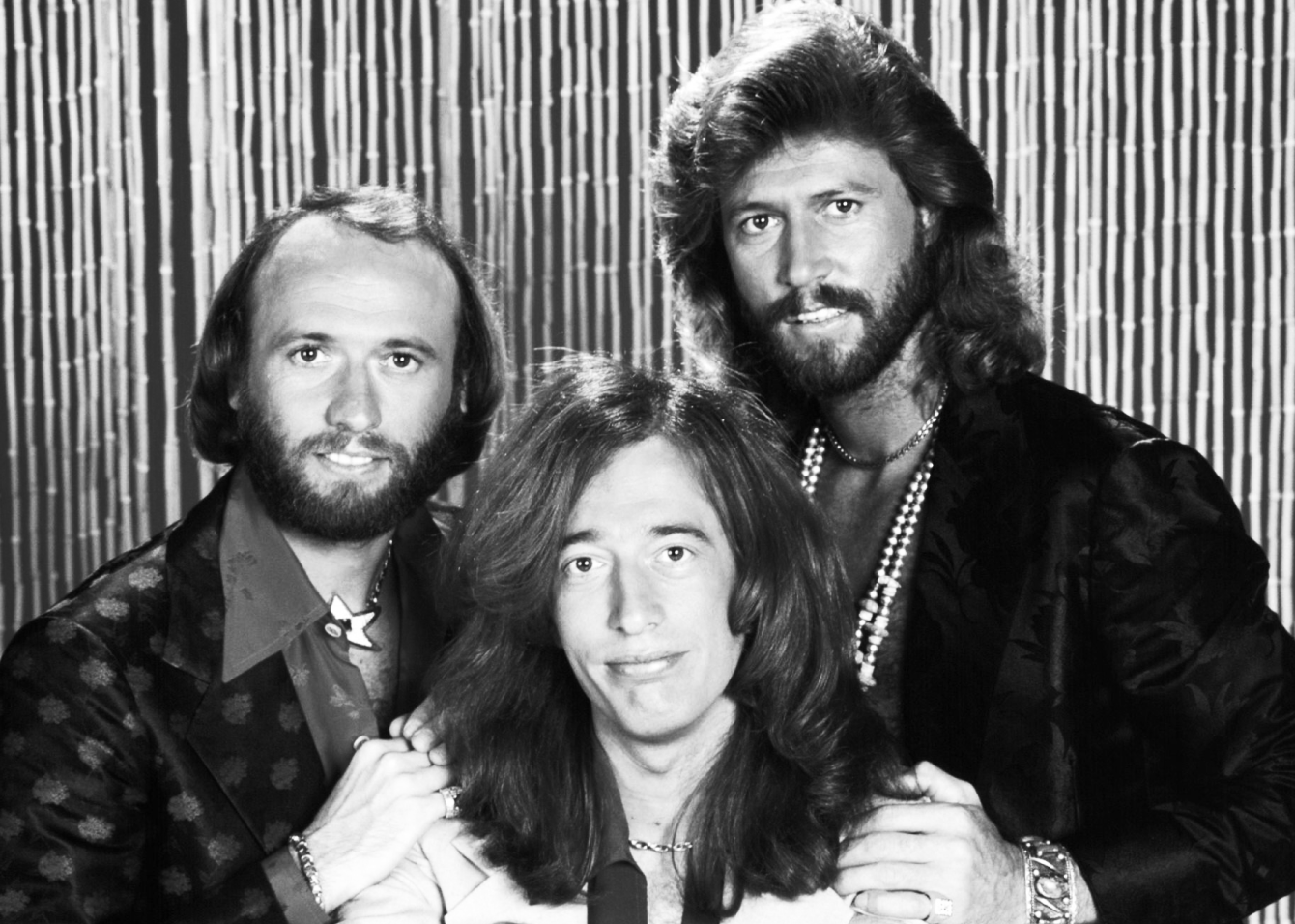“When we can choose between upsetting some people versus upsetting no one – why wouldn’t we choose to upset no one?” — Emily Tripplett-Lentz
Last month, I had the pleasure of attending HubSpot’s Inbound Conference in Boston, MA with some of my favorite ZGM colleagues! For those who don’t know, Inbound is an annual marketing conference with over 250 education sessions, big-name industry speakers, celebrity spotlights, networking opportunities, and more!
Past all of the 'Instagrammable' walls, food trucks, and free ice cream - Inbound is an incredible valuable conference that offers four days of learning and inspiration to marketers from every field.
This year, one of the Inbound sessions that had the biggest impact on me was about inclusive language in content marketing.
Emily Tripplett-Lentz, Content Strategy Lead at Help Scout delivered a fantastic presentation outlining how content marketers (like you and me) can make our content more inclusive for all audiences!
What is inclusive marketing?
According to WorldBank.org, 15% of the world’s population experiences some form of disability. These individuals often face barriers to inclusion because of inaccessible and non-inclusive environments, communication, and technology.
As marketers, and as people who have the ability to change our language, it’s our job to set an example and ensure that our content is as inclusive as possible.
At ZGM, we are always striving to push the best content into the world in the least amount of time, which can make it easy for us to forget about things like using inclusive language or making our content accessible to everyone.
So, here are three simple rules that we will be implementing to make sure our content is more inclusive for all audiences (and we think you should implement it, too).
Use inclusive, gender-neutral language
Most of the time, people are completely unaware that they are using non-inclusive language – and that’s okay.
But, once we are informed that the language we are using is non-inclusive, it’s our job to reframe our word choices and become ally’s to those that may have been oppressed by them.
Restructuring your word choices and adopting a new communication style may sound daunting, but it’s actually easier than you think!
Here are some simple things that you can do to make your content more inclusive:
- Instead of addressing a group of people as “guys”, try using a gender-neutral term, such as “folks”.
- Limit the use of gender-specific pronouns, such as “he” or “she,” unless you are confident that your audience is completely made up of one or the other.
- Prevent the use of abelist descriptive words like “OCD,” “crazy,” “dumb,” or “lame”.
- Think twice about using sayings such as “turn a blind eye” or “running amok”.
- Try to use affirmative terms rather than negative terms. For example, try describing someone as a “person who uses a wheelchair” instead of “wheelchair bound.”
For more resources, check out https://consciousstyleguide.com/
Crawl your site for non-inclusive phrases
As Hannah Montana once said, “everybody makes mistakes.”
It’s more than likely that you’ve unintentionally used non-inclusive words or phrases in the past. So, now it’s time to find them and replace them with inclusive ones!
A simple way to find and replace non-inclusive words or phrases in your content is to use a site crawler. The site crawler that Emily recommended during her talk at Inbound was the Screaming Frog SEO Spider.
Some words that you should be screening for include:
- Bipolar
- Blind
- Crazy
- Cripple
- Deaf
- Duh
- Dumb
- Grandfathering
- Guys
- Handicap
- Idiot
- Insane
- Lame
- Manning/manned
- Manpower
- Mental
- Minority
- Moron
- OCD/ADD
- Psycho
- Stupid
Make your content accessible to everyone
As marketers, it’s our job to create intuitive products that are accessible to, and can be used by, as many people as possible.
Some simple ways to make your content more accessible, include:
- Adding closed captioning to videos
- Including alternative text (alt text) on images
- Aiming for broader representation in images and illustrations
Generally, the best way to ensure that a new product is accessible and inclusive is to ensure that marginalized and excluded groups are always present in the design and decision-making process.
To boil it down – the next time you’re creating new content for your business: consider the implications of your words, learn from your past mistakes, and create content that is accessible to as many people as possible.


